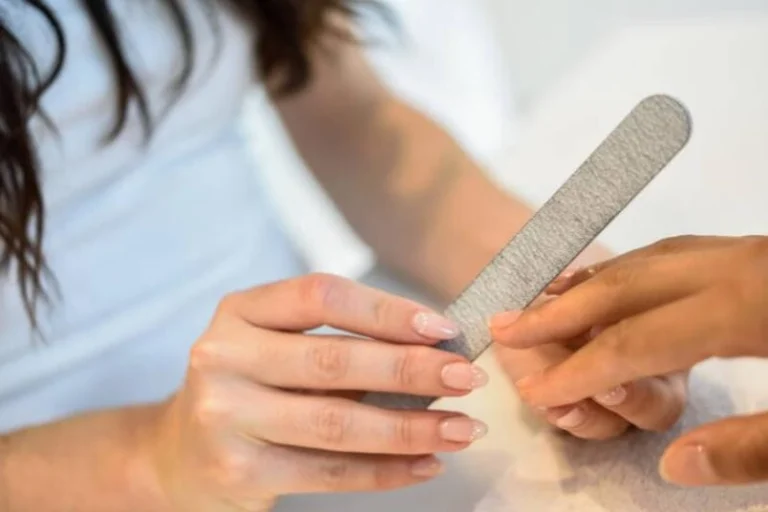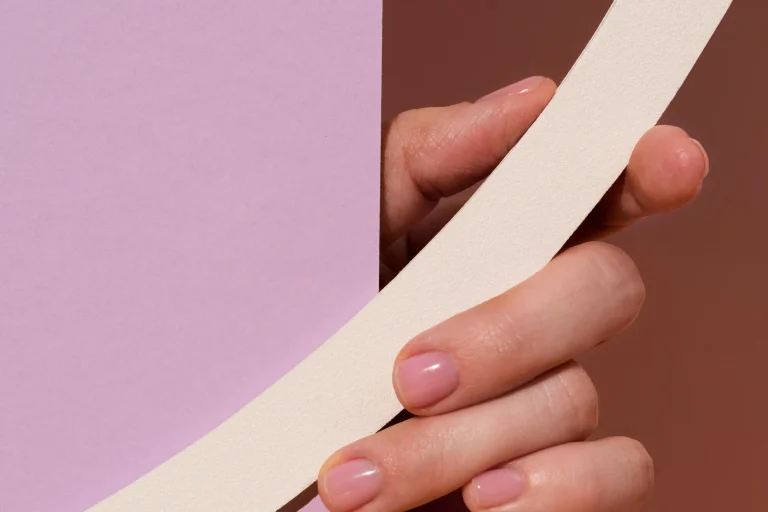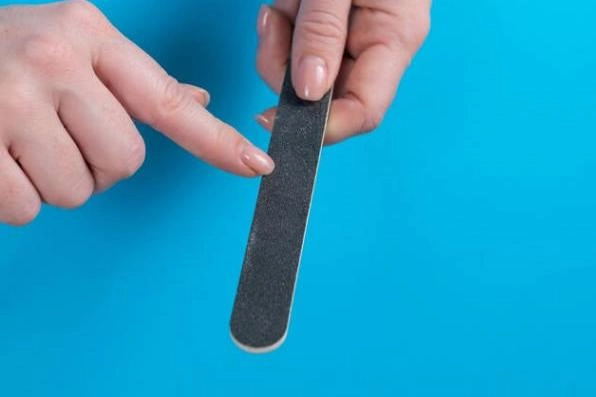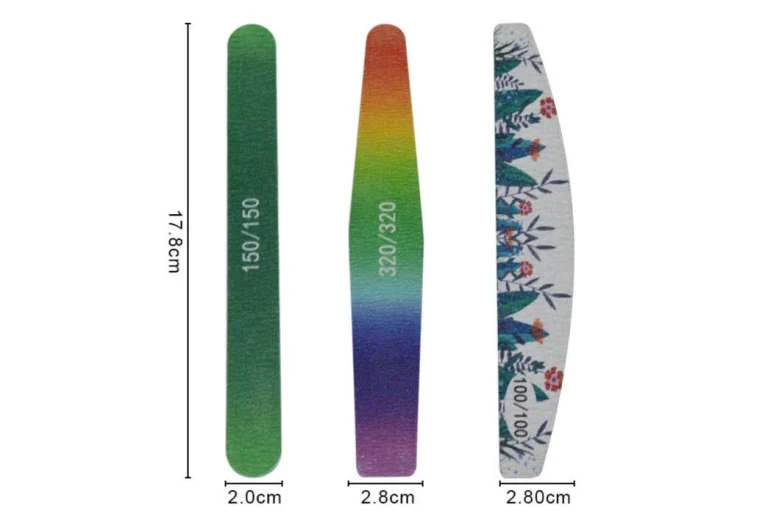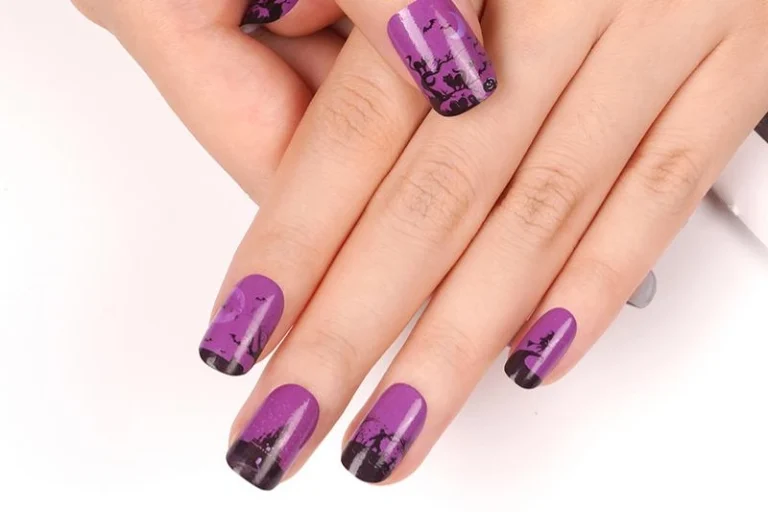
Taking care of your nails is a big part of looking polished. But lots of folks deal with annoying ridges or uneven nails. These flaws can look off-putting. Sometimes, they even hint at health issues. Knowing why ridges happen and picking the right tools, like nail buffers, helps you keep your nails healthy and nice-looking.
What Causes Nail Ridges?
Types of Nail Ridges
Ridges are raised lines on your nails. There are two main kinds:
- Vertical Ridges: These go from the cuticle to the nail tip. They often show up as you age. Or they can happen after a nail injury
- Horizontal Ridges: Called Beau’s lines, these run side to side. They usually mean something paused your nail growth, like being sick or not eating well.
Why Do Ridges Happen?
A few things can lead to ridges:
- Getting Older: As we age, our bodies change. This can cause vertical ridges because nail cells renew slower.
- Not Eating Right: Missing stuff like biotin, zinc, or iron can make nails weak and ridged.
- Health Problems: Things like psoriasis or eczema can change how your nails feel.
- Nail Injuries: Bumping or pressing on your nail bed can mess up growth.
- Dry Nails: Not enough moisture can dry out nails and cause ridges.
How to Fix Ridges on Nails
First, figure out what’s causing the ridges. For small ones from aging or dry nails, moisturizing with cuticle oils or creams can make them look better. Taking biotin supplements might also toughen up your nails over time.
For bigger ridges, especially horizontal ones tied to health issues, check with a doctor. Don’t file or buff too hard—it could thin your nails out.
A good builder base gel polish, like Felice’s hema-free soak-off clear rubber gel polish, can protect your nails and give a smooth look.
Picking the Best Nail Buffer for Ridges
Kinds of Nail Buffers
Nail buffers are awesome for smoothing out bumpy nails. They come in all sorts of shapes, sizes, and materials for different types.
Why Grit Levels Matter
Grit level tells you how rough or smooth a buffer is:
- Coarse Grit (80# – 100#): Good for shaping thick nails. But go easy on natural nails.
- Medium Grit (180# – 240#): Perfect for smoothing out medium ridges without hurting your nails.
- Fine Grit (320# and up): Great for polishing to get a shiny finish.
Felice has buffers with different grits, like their custom logo zebra grey nail file, so you’ve got options for any need.
What Buffers Are Made Of
Buffers use materials like emery boards, sponges, or plastic cores with sandpaper:
- Sponge + Emery: These are bendy and great for smoothing. Felice’s 4-way buffer blocks are a solid pick.
- Plastic Core + Sandpaper: Tough and perfect for salon work.
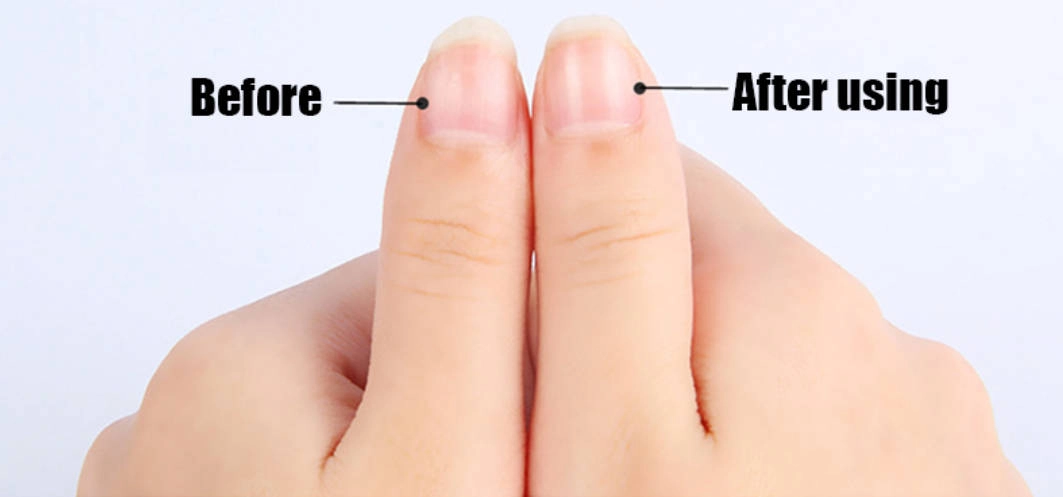
Tips for Choosing a Buffer
When picking a buffer for ridged nails:
- What’s It For?: Decide if you’re shaping, smoothing, or polishing.
- Grit Level: Pick the right grit for your nail type and how bad the ridges are.
- Material Quality: Choose sturdy materials, like Felice’s pro-grade buffers, for long-lasting use.
- Custom Options: If you’re a pro, Felice lets you add your logo to buffers with low order minimums.
With tools like Felice’s quality buffers, made for all kinds of needs, you can find solutions to tackle ridges and keep your nails healthy.
How to Do a Manicure on Wavy Nails
How to Buff Nails Safely
Getting Nails Ready
Prep is super important before buffing. Start by taking off old polish with a gentle, non-acetone remover. This keeps your nails from drying out. Soak your hands in warm water for about five minutes. It softens cuticles and makes nails easier to work with. Gently push back cuticles with a good cuticle pusher—don’t hurt them.
Next, trim and shape your nails. Grab a tough nail file, like Felice’s custom logo zebra grey file, made for salon use under OEM/ODM service. Shape your nails how you like—round, square, or oval. File in one direction to avoid splitting or weakening the edges.
Clean your nails to get rid of dust from filing. Pat them dry with a soft towel before you start buffing.
Don’t Over-Buff
Buffing is great for smoothing wavy nails. But doing it too much can make nails thin and weak. Pick a buffer with the right grit for your nails. For wavy nails, a medium grit buffer (180# – 240#), like Felice’s 4-way sponge block, smooths ridges without damage.
Use light pressure when buffing. Move the buffer one way, not back and forth. This cuts down on friction and keeps the nail bed safe. Only buff every couple of weeks so your nails can recover and grow.
After buffing, put on some cuticle oil or moisturizer to keep nails hydrated. Try Felice’s hema-free soak-off clear rubber gel polish for extra protection and a smooth finish.
Keeping Ridges Away
Moisturize and Use Oils
Keeping nails moisturized stops ridges. Using oils and creams regularly keeps nails flexible and less dry. Look for products with vitamins E or B7 (biotin) to make nails stronger.
Cuticle oils feed the nail base where new cells grow. Rub oil into your cuticles every day for the best results. Hand creams with shea butter or glycerin hold in moisture and protect against harsh weather.
For a fast fix, try self-adhesive gel nail wraps like Felice’s UV gel nail stickers. They look good and protect your nails. Plus, they’re eco-friendly, non-toxic, and easy to use at home.
Eat Well for Healthy Nails
Eating right is key for strong, ridge-free nails. Add foods with biotin (eggs, nuts), zinc (shellfish, seeds), iron (spinach, red meat), and omega-3s (salmon, flaxseeds) to your diet. These help make keratin, which nails need to grow well.
Drink lots of water to keep nails hydrated. If you think you’re low on nutrients causing ridges, talk to a doctor about supplements that fit your needs.
With the right buffing tricks for wavy nails and some simple habits, you can have smooth, healthy nails without much fuss. Tools like Felice’s pro-grade buffers get the job done without harming your nails. Plus, keeping nails moisturized and eating nutrient-packed foods supports nail health for the long haul.
Go for products from trusted brands like Felice that fit your needs to smooth out ridges and uneven nails.
FAQ
Q: How do nail buffers help with ridges?
A: Nail buffers smooth out uneven or ridged nails by gently sanding down the surface. They make nails look even and shiny. Using the right buffer, like one with medium grit (180# – 240#), can smooth ridges without thinning your nails too much.
Q: What type of nail buffer should I use for ridges?
A: Pick a buffer based on your nail type and ridge severity. Medium grit (180# – 240#) is great for smoothing moderate ridges safely. Fine grit (320# and up) works for polishing to a glossy finish. Avoid coarse grit (80# – 100#) on natural nails—it’s too rough. Buffers like Felice’s 4-way sponge blocks are flexible and effective.
Q: Can buffing damage my nails?
A: Yes, if you overdo it. Buffing too much or using a grit that’s too coarse can thin and weaken nails. Use light pressure, buff in one direction, and don’t buff more than once every two weeks. Always follow up with a moisturizer or cuticle oil to keep nails hydrated.

